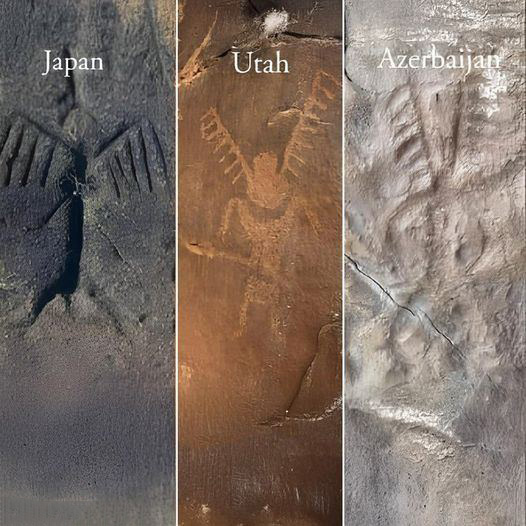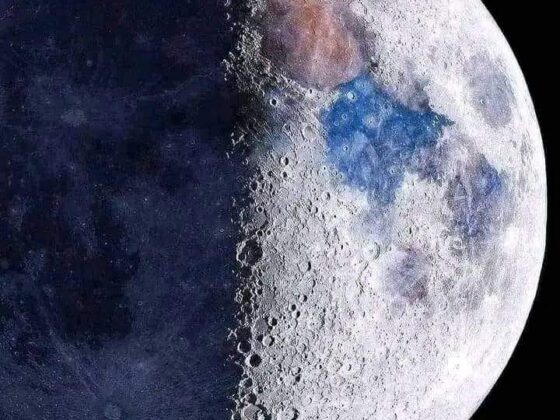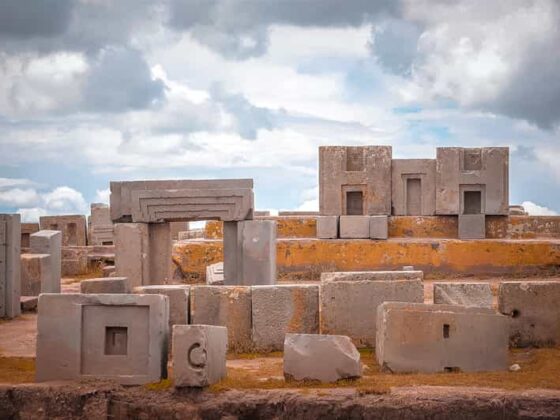The striking similarities among petroglyphs discovered in Japan, Utah-USA, and Azerbaijan raise intriguing questions about potential connections between ancient cultures.
- Fugoppe Cave, Japan:
The petroglyphs in Fugoppe Cave, located in Hokkaido, Japan, are unique in the country. Discovered in 1950, the cave contains over 800 engravings dating back to the late Epi-Jōmon period (5th to 7th centuries AD). The carvings depict various figures, including horned and winged humans, boats, marine animals, and fish. These petroglyphs are one of only two such sites in Japan, making them particularly significant. - Nine Mile Canyon, Utah, USA:
Nine Mile Canyon in Utah is often called the “world’s longest art gallery” due to its extensive collection of rock art. The petroglyphs here are attributed to the Fremont culture and Ute people, dating back between 950 to 1250 AD. The canyon features various depictions, including anthropomorphic figures, some of which appear to have wings or horns. - Gobustan, Azerbaijan:
The Gobustan Rock Art Cultural Landscape in Azerbaijan contains over 6,000 rock engravings dating back to 40,000 BC to the Middle Ages. The site includes depictions of human figures, animals, and various symbols, some of which bear resemblance to those found in Japan and Utah.
Similarities and Implications:
The presence of similar motifs, particularly winged or horned human figures, across these geographically distant locations is fascinating. This similarity raises several possibilities:
a) Independent development: These cultures may have independently developed similar iconographies, possibly reflecting universal human experiences or beliefs.
b) Cultural diffusion: There might have been some form of cultural exchange or influence, either directly or through intermediary cultures, despite the vast distances involved.
c) Shared ancestral beliefs: The similarities could reflect shared ancestral beliefs or mythologies that persisted across different cultures as humans migrated across continents.
The dates of these petroglyphs span a wide range, from potentially 40,000 BC in Azerbaijan to the 5th-7th centuries AD in Japan, which complicates direct comparisons. The concept of shared ancestral beliefs offers a compelling perspective on the striking similarities found in ancient petroglyphs across disparate regions like Japan, Utah, and Azerbaijan. This idea, explored in depth by authors like Graham Hancock, suggests that these commonalities might be more than mere coincidence, potentially pointing to a shared cultural heritage that predates our current understanding of human civilization.
Hancock, in his works such as “Fingerprints of the Gods” and “Magicians of the Gods,” proposes the existence of a lost, advanced civilization that may have influenced cultures worldwide before recorded history. This theory attempts to explain the remarkable parallels found in mythologies, astronomical knowledge, and spiritual practices across cultures that had no known contact. For instance, the recurring motif of winged or flying human figures in petroglyphs from such geographically distant locations could be interpreted as remnants of a once-widespread belief system or mythological framework.
The similarities in these ancient artworks might be seen as part of a larger pattern of shared knowledge and symbolism. Hancock points to the global prevalence of flood myths, sophisticated astronomical understanding encoded in ancient architecture, and the use of similar geometric principles in structures across different continents as potential evidence of a common ancestral source of wisdom. He suggests that this knowledge could have been preserved and transmitted through oral traditions, religious practices, and symbolic representations like the petroglyphs we see today.
Moreover, the recurrence of certain symbols and motifs in ancient art and architecture worldwide is interpreted by some researchers as possible evidence of a shared ancestral iconography. The winged figures found in Japan, Utah, and Azerbaijan could be seen as part of this global symbolic language, perhaps representing universal human experiences or beliefs that have persisted across millennia and continents.
While these ideas remain controversial in academic circles, they offer an intriguing framework for understanding the unexpected similarities in ancient art across vast distances. The petroglyphs in Fugoppe Cave, Nine Mile Canyon, and Gobustan might be viewed not just as isolated artistic expressions, but as pieces of a larger, global puzzle of human cultural development and shared heritage. This perspective invites us to reconsider our understanding of ancient human societies and their potential interconnections, challenging us to look beyond conventional historical narratives.










